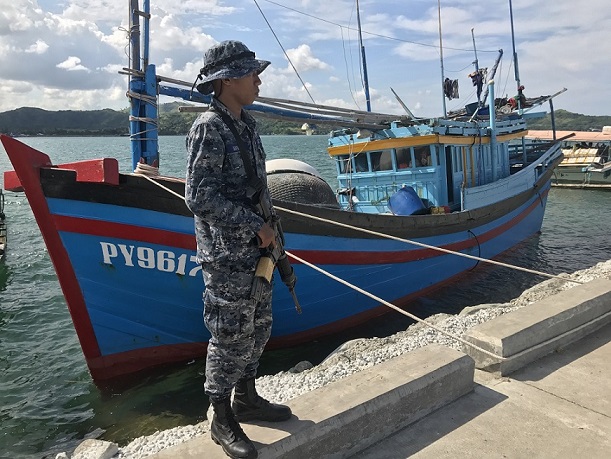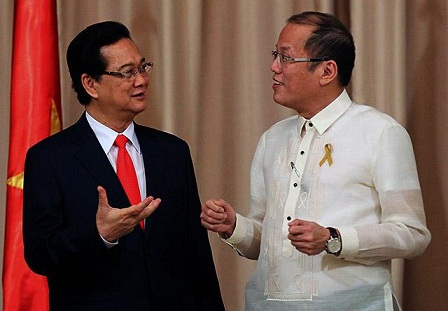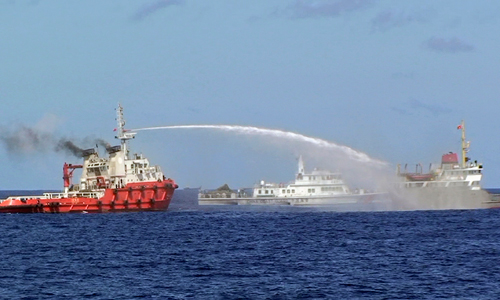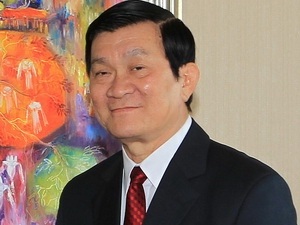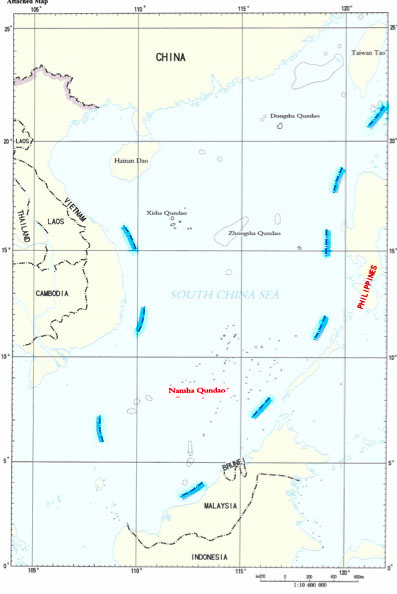By Arianne Christian Tapao and Ellen T. Tordesillas
VERA Files
The Philippine Navy is at fault in the death of two fishermen during a sea chase in the waters of Pangasinan on Sept. 22, a source privy to the investigation of the incident said.
Investigators, the source said, cited a 1999 ruling of the International Tribunal on the Law of the Sea (ITLOS) that states: “In the conduct of arrest, use of excessive and unreasonable force in stopping and arresting a vessel such as firing with live ammunition using shots from large–caliber automatic guns must be avoided, and where force is unavoidable, it must not go beyond what is reasonable and necessary in the circumstances”.
The Philippine Coast Guard, which is investigating the incident, took note that the incident happened 39 nautical miles off Bolinao in Pangasinan, which was within the exclusive economic zone (EEZ) of the Philippines, the source further said.
